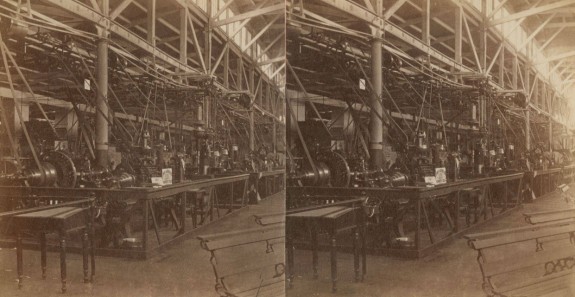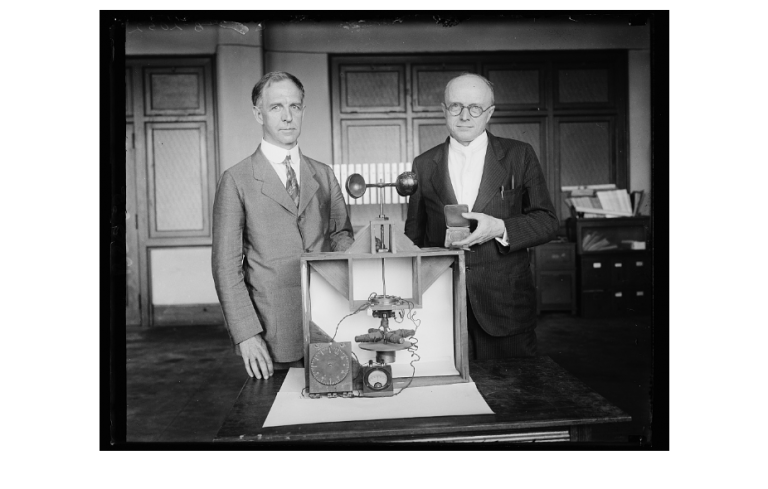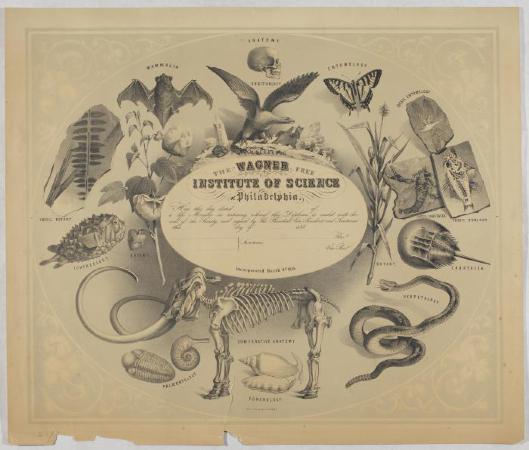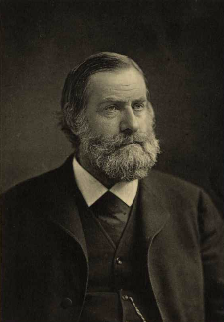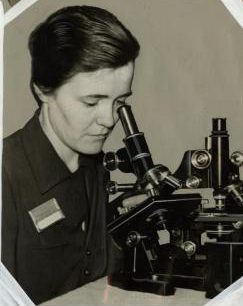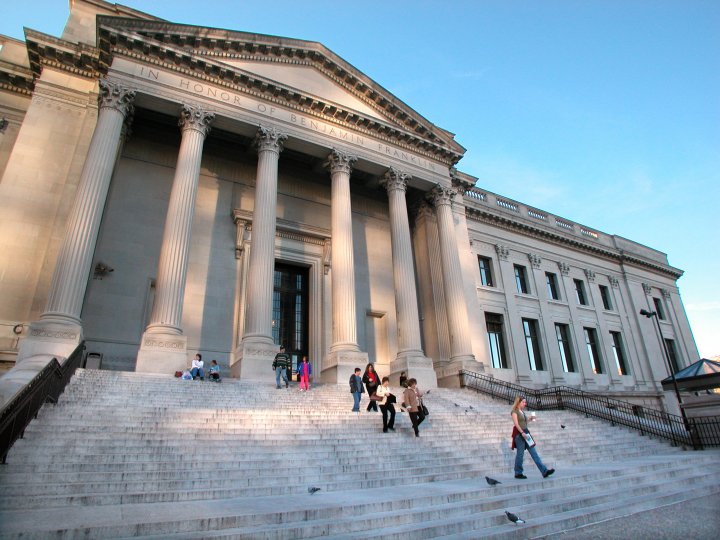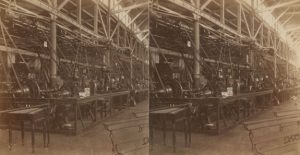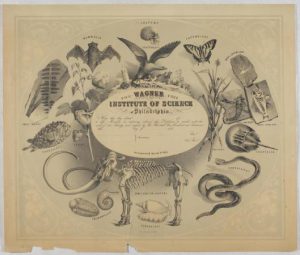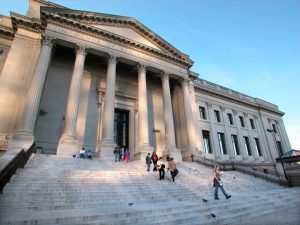Scientific Societies
Essay
Since the eighteenth century, Philadelphia-area scientific societies have promoted scholarship and innovation, increased access to scientific knowledge and played an important role in the professionalization of various disciplines. Longstanding institutions, including the American Philosophical Society (1743), the Academy of Natural Sciences (1812), and the Franklin Institute (1824), have garnered national and international accolades, while many smaller or shorter-lived societies vitalized scientific study in specific localities or became outlets for women’s participation.
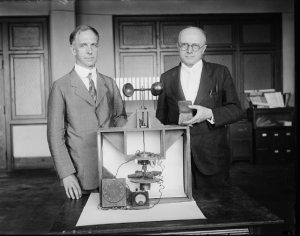
Eighteenth-century scientific societies in Philadelphia were eager to establish America’s role in a global scientific network. The colonies lacked a pan-colonial entity on par with the Royal Society of London to evaluate and promote scientific innovation. The American Philosophical Society, Philadelphia’s first and longest-lived scientific society, emerged as an early contender for this role, balancing pursuit of transatlantic prominence with service to Philadelphia and, especially by the late eighteenth century, to Americans at large. First organized and active between 1743 and 1746, then revived in 1767, it merged with “The American Society for Promoting and Propagating Useful Knowledge, in Philadelphia” in 1769. The society attracted widespread attention in Europe for its work documenting the 1769 transit of Venus, notably through the work of astronomer David Rittenhouse (1732–96). In 1771, the American Philosophical Society, in emulation of the Royal Society of London, published the first volume of its Transactions, which reported on the society’s activities and recent discoveries and innovations. By the early republic, the American Philosophical Society acted as a quasi-umbrella organization in America, corresponding with a variety of individuals and scientific societies that had emerged in the United States and also in Europe. Ultimately this role fell to the American Association for the Advancement of Science, founded in Philadelphia in 1848.
In the early republic and into the nineteenth century, Philadelphia-area scientific societies took steps toward acting as professional bodies by establishing prizes and holding exhibitions, sponsoring scientific ventures or smaller institutions, and publishing journals and scientific literature. Prize contests could be narrowly defined, seeking solutions stemming from local problems, or more substantial, such as the Philosophical Society’s Magellanic Premium (established 1784) for work in navigation, astronomy, or natural philosophy, or the Franklin Institute’s Benjamin Franklin Medals (established 1824) for engineering. In these early years, scientific societies sought to reward practical use of science. Exhibitions, such as the Franklin Institute’s Exhibition of American Manufactures, reinforced this norm, as did its journal content. Natural history societies, while also interested in practical applications of knowledge, used their journals to engage in debates over competing systems of taxonomy and model rigorous standards of practice. The Academy of Natural Sciences (founded 1812), through its journal, and the publications of its members, produced reams of taxonomic descriptions admired by many scientists pursuing botany, and various branches of zoology, including ornithology, ichthyology, entomology, and herpetology.
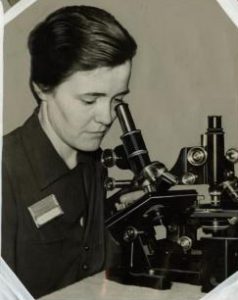
A number of Philadelphia-area scientific societies encouraged women to participate, although they often stipulated that women’s participation should be congruent with prevailing gender norms. Similar to the way societies encouraged men to use science to enhance artisan trades and businesses, they imagined women’s scientific knowledge as an extension of their labor and sensibilities. The 1820s and 1830s saw a proliferation of local societies and cabinets in surrounding counties, including Chester, Bucks, and Montgomery, some of which were open to women’s contributions. Thought to be more attuned to beauty in nature, women often collected and donated specimens despite not having full access to other society activities. In 1829, the newly founded Chester County Cabinet of Natural Science received plant and mineral specimens from local women. The Cabinet of Natural Science of Montgomery County’s first annual report from 1832 claimed that Hannah Corson (1812–1900) had single-handedly collected the five hundred native and naturalized plants that made up its herbarium.
Although some societies, including the American Philosophical Society and Philadelphia Chemical Society (c. 1790s), extended membership to foreign-born women on an extremely limited basis in the eighteenth century, generally, local societies became more open to admitting women as members in the 1830s and 1840s. The Academy of Natural Sciences unanimously elected Lucy Say as its first female member in 1841; Delaware County Institute of Science in Media admitted women members not long after. In 1844, William Darlington (1782–1863) spoke before the Ladies Botanical Society (founded 1843) in Wilmington, Delaware, arguing that women’s participation would greatly enhance the study of botany. Women’s membership in local scientific societies, though often fraught with sexism, expanded throughout the nineteenth century.
Philadelphia birthed a number of national organizations that went on to further professionalize the sciences, of which the most important was the American Association for the Advancement for Science (AAAS) In 1848. AAAS organized at the Academy of Natural Sciences, electing William Charles Redfield (1789–1857) its first president. The AAAS was an outgrowth of an earlier society, the Association of American Geologists, which held its first meeting in Philadelphia on April 2, 1840. By 1842, it had expanded to include naturalists. By the end of the nineteenth century the society, which had moved to New York and then Washington, D.C., had become the most prominent advocate for the promotion of scientific knowledge and cooperation, regardless of discipline.
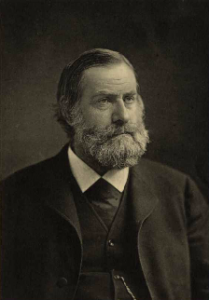
The emergence of a national umbrella organization for the sciences encouraged the proliferation of smaller, discipline-circumscribed societies. The year 1859 saw the founding of Philadelphia Entomological Society, the precursor to American Entomological Society, and the Zoological Society of Philadelphia, which established the Philadelphia Zoological Gardens, the first zoo in the United States, in 1874. These societies adopted the strategies of larger, earlier societies—establishing prizes, founding journals, communicating abroad—but became increasingly interested in engaging local citizens through educational outreach. Societies such as the Leidy Microscopical Society (founded 1858), the Engineer’s Club of Philadelphia (1877), and Rittenhouse Astronomical Society (1888), which served the entire mid-Atlantic region, often provided equipment tutorials and became increasingly open to nonprofessionals throughout the twentieth century. Concurrently, educational institutes, such as the Wagner Free Institute of Science, founded in 1855, adopted professional standards. In the 1880s, under the stewardship of Joseph Leidy (1823–91), the institute published a professional journal and began to sponsor scientific expeditions and original research.

In the twentieth and twenty-first centuries, Philadelphia’s old guard of scientific societies, the American Philosophical Society, Academy of Natural Sciences, and Franklin Institute, acted as public museums and scholarly libraries in addition to maintaining a number of their traditional roles. The Franklin Institute began its shift toward functioning primarily as a museum during the Depression; the Academy of Natural Sciences, which had maintained a museum for much of the nineteenth century, was acquired by Drexel University in 2011, becoming involved with its teaching mission. The American Philosophical Society maintained an impressive scholarly library for the study of early American history, Native American cultures and languages, and the history of science, offering in addition to many of its longstanding prizes and premiums, research fellowships for scholars. Smaller societies such as the Rittenhouse Astronomical Society and American Entomological Society persisted and often worked with larger institutions to sponsor educational events; the Rittenhouse Society worked closely with the Franklin Institute during its annual Science Festival, and the Entomological Society worked with the Academy of Natural Sciences to host Bug Fest.
As degree-granting institutions and national organizations became the primary arbiters of scientific knowledge by the late nineteenth century, a number of Philadelphia’s smaller societies faded away, or became more club-like over time, abandoning many of their professionalizing aims to prioritize maintaining public interest in their discipline. In the twenty-first century, the region’s scientific societies, which were premier professional bodies in the eighteenth and nineteenth centuries, remained dedicated to the dissemination of scientific knowledge.
Jessica Linker is a doctoral candidate at the University of Connecticut, Storrs, and the recipient of fellowships from a number of Philadelphia-area institutions, including the Library Company of Philadelphia, the American Philosophical Society, and the McNeil Center for Early American Studies. Her work focuses on American women and scientific practice between 1720 and 1860. (Author information current at time of publication.)
Copyright 2016, Rutgers University
Gallery
Links
- The Transit of Venus Starts Here (Hidden City Philadelphia)
- PhilaPlace: Academy of Natural Sciences: From Science to War — Brooke Dolan II of The Academy of Natural Sciences (Historical Society of Pennsylvania)
- PhilaPlace: The Wagner Free Institute of Science — Educating Philadelphia since 1855 (Historical Society of Pennsylvania)
- Meriwether Lewis in Philadelphia (PhillyHistory Blog)
- If Rudolph Koenig Attended the Philadelphia Science Festival & Philly Tech Week (PhillyHistory Blog)
- Teaching the Sciences in Philadelphia (PhillyHistory Blog)
- Philadelphia's 'Strangling Bug' of 1899 and the American Entomological Society (Historical Society of Pennsylvania)
- The American Philosophical Society and Western Exploration (Monticello)
- PhilaPlace: American Philosophical Society (Historical Society of Pennsylvania)
- Consortium for History of Science, Technology, and Medicine
